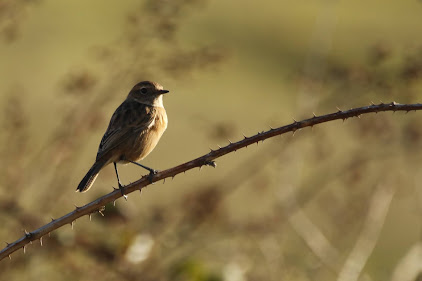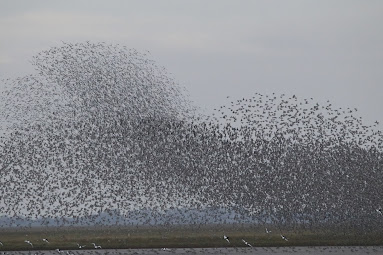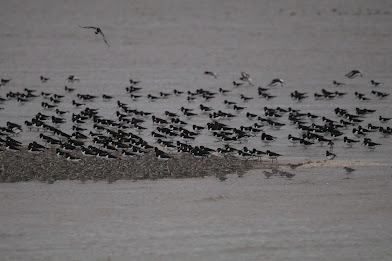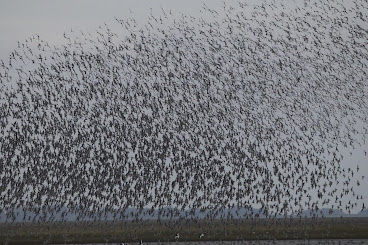Autumn is a quiet time on the Patch, as after summer ends a hush descends on the hedgerows and fields and barely a sound is heard. I wish I could say that some record marked the change of the seasons but late Summer just merged into Autumn, with an arbitrary moving of seasons placed from the middle of August. Its a time of skulking warblers and post breeding flocks of resident species, with nothing of note to excite the senses.
I don't particularly like Autumn. Although its probably the best time for bird watching, this is countered by the shorter days, those days becoming colder and a slow dying disease that infects the land. Although this is the peak migration period there were no bird sightings of any note, which was a bit disappointing, but you know - blurgh.
The most interesting record of the period was of a STOAT mother on the 22/8. By where the car prevention ditch is on Old Norwich Road, the stoat mother was seen carrying one of her kits across the road. She then ran back to collect another of her young, although this time she had to narrowly dodge a cyclist hurtling down the hill. Its a good record to witness, but also one to prove that this mammal is breeding in the area. Stoats are one of those mammals used to living in modern Britain, they are around in the countryside, its just they have evolved to evade people, and we only notice them when they are literally under our feet. Other mammal records from this period include several sightings of single ROE DEER and BROWN HARE. Its always interesting when mammals outdo the birds, when there are so few of them in our country.
Sometimes its interesting to see migration in force. Being an inland site, sometimes there's no real evidence of birds on the move. However on the 14/9 a weather depression forced low some SWALLOWS over the Suffolk Punch Field, the birds swirling all around my head with around 20 present. They were acting like this as the poor weather forced the insects they were feeding on to fly low. Feeding on the permanent grassland of this field there were more insects present here than on the surrounding arable fields, which have few insects having been sprayed with insecticides, with the ground ploughed and destroyed, so are less beneficial to birds. Arable fields in general are poor for wildlife.
SKYLARKS have had a decent season with 32 present on Lark Field on 25/10, the highest number of the year. Its interesting as I have heard several already starting to sing, fooled by the fact that weather-wise all the seasons are becoming enmeshed into one. Its fairly obvious why I have named this field after that bird, as it is always the best place for skylarks on the Patch throughout the year, in summer or winter. There's nothing special about the site to the eye, its just a large prairie arable field which falls downslope and forms the eastern border of the area I call the Patch.

































